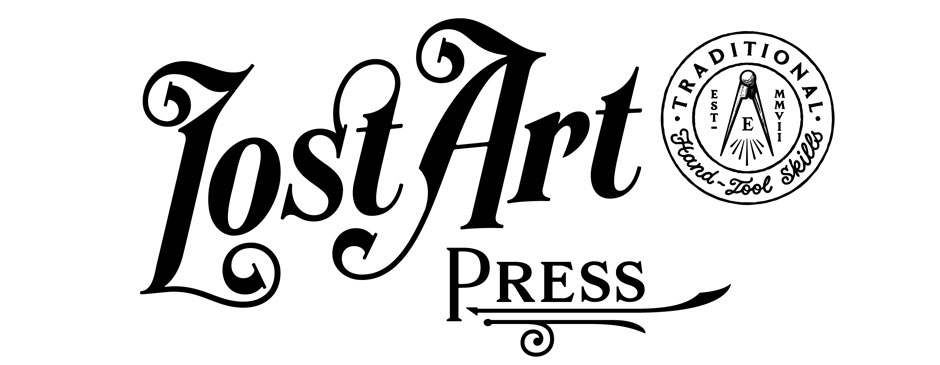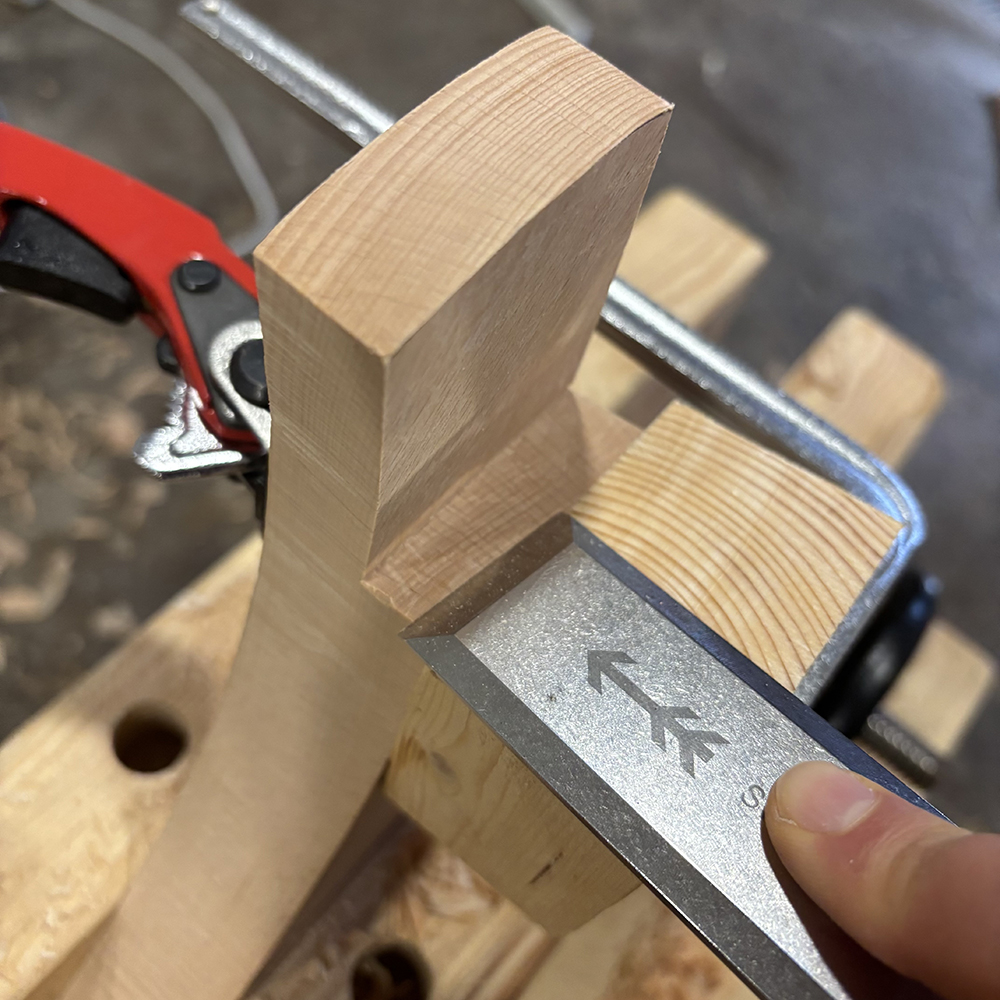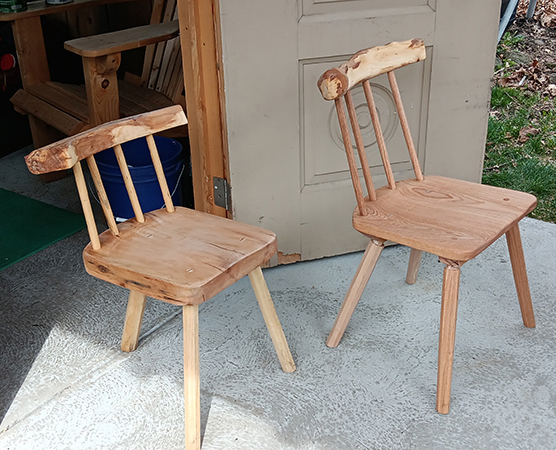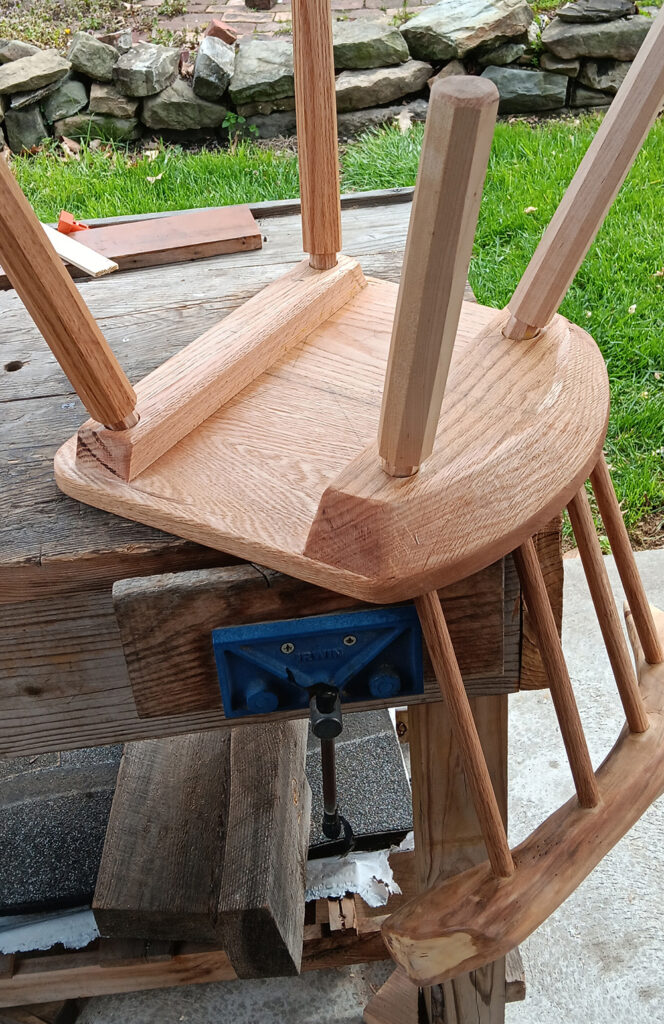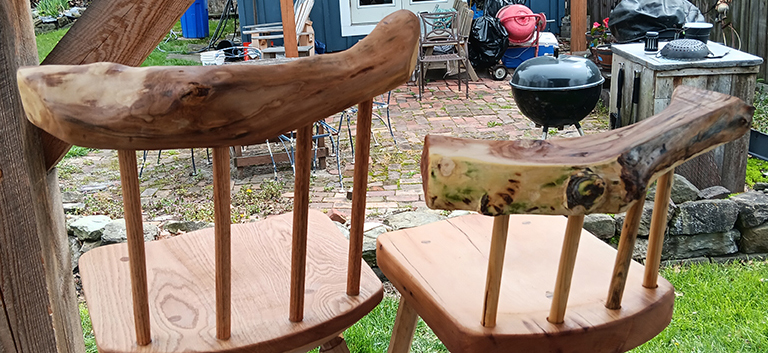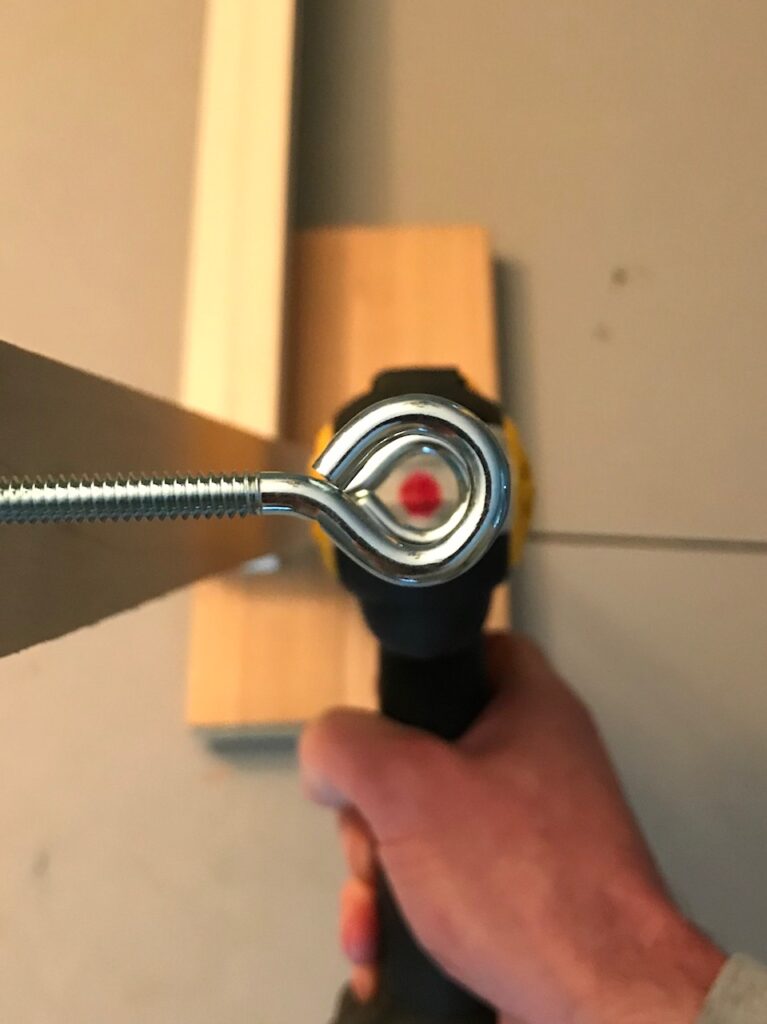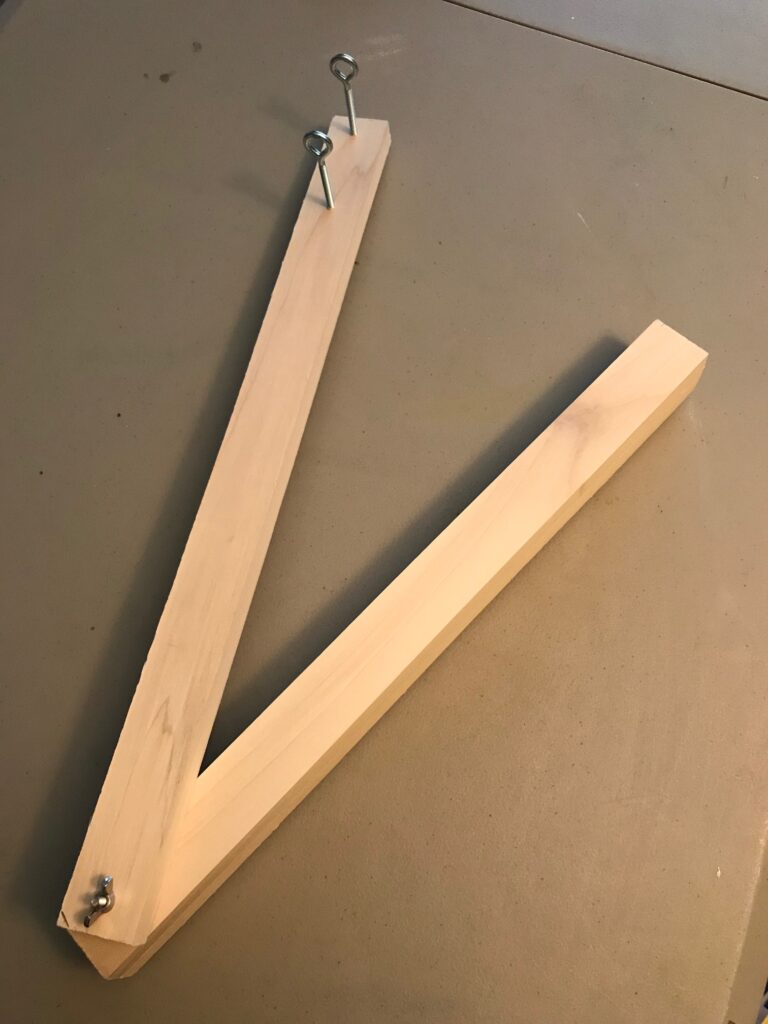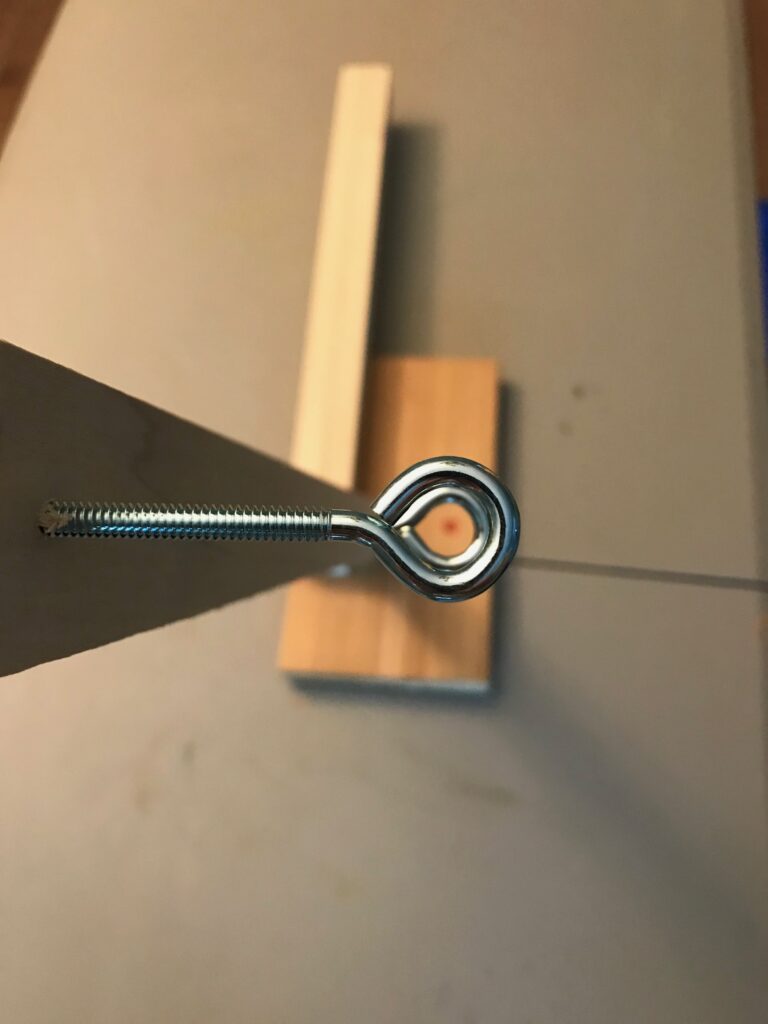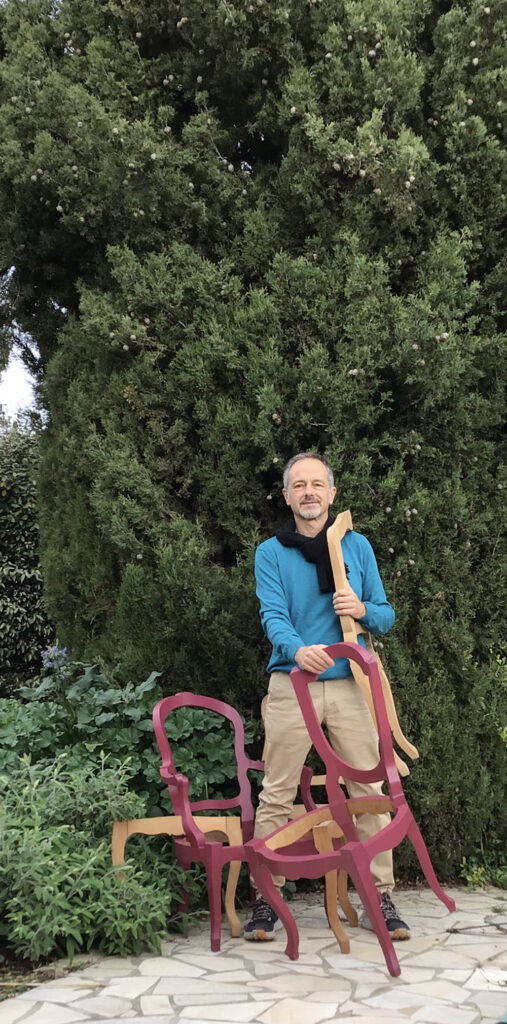
Philippe Lafargue died at his home from an undiagnosed glioblastoma on June 22. Philippe has been instrumental in the Roubo project, helping with translations for “Make as Perfectly as Possible: Roubo on Marquetry” and “With All Precision Possible: Roubo on Furniture.”
“When we first met more than 35 years ago, I recognized immediately the talents Philippe possessed, talents that often surpassed his ability to communicate them,” says Don Williams, who co-authored the Roubo books along with Michele Pietryka-Pagán. “Over the years, thanks to the foundation of the multi-year curriculum of École Boulle and the career choices he made later on, combined with the thoughtful encouragement of his former wife, Maria, and the family life with his children, he became what Tom Wolfe would call ‘A man in full.’ In the end, his contribution of good-humored friendship and technical, historical and verbal expertise was integral to Team Roubo functioning smoothly for creating the volumes. We will proceed without him, although to be truthful, I cannot fully envision that right now.”
On learning of his death, Michele wrote, “I never actually met Philippe, but I could tell from one phone call that I was communicating with a true professional – not only a true master at what he did, but also a superb human being. We are all worse off with this loss of Philippe. May he rest in peace.”
We recently featured Philippe in a Meet the Author profile. It ended with this quote from Philippe:
“You can fight all the time but life is going to take you where it’s going to take you. It’s up for you to go for it, to be quick to accept and change. And you are always part of it. That’s the beauty of it. No matter what happened, you are part of it – 50 percent is your choice. The rest is to accept that you have decided to do this or not. That’s the difficult part. But life is short. Life is to be lived. Life is to discover yourself.”
— Kara Gebhart Uhl
